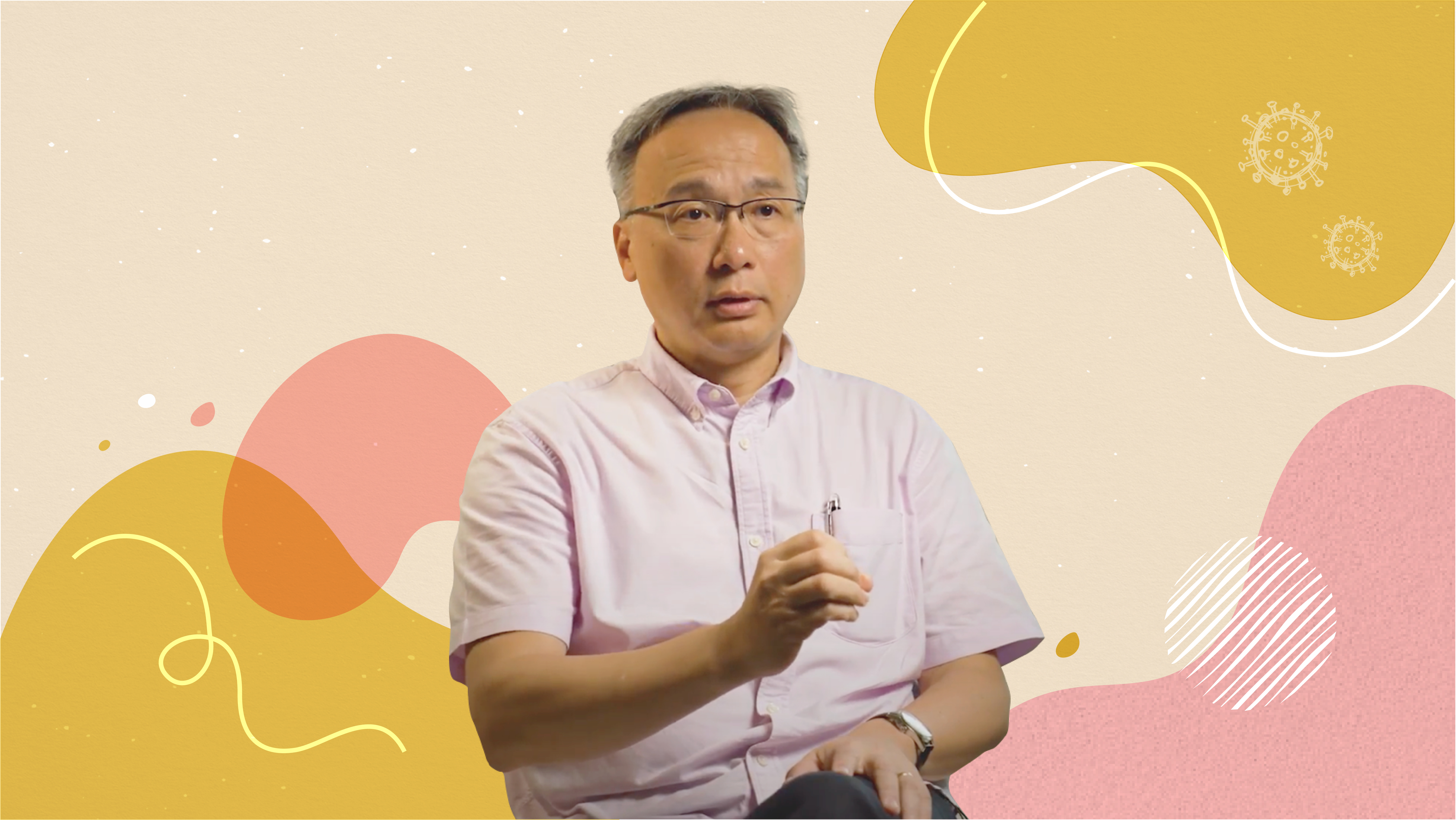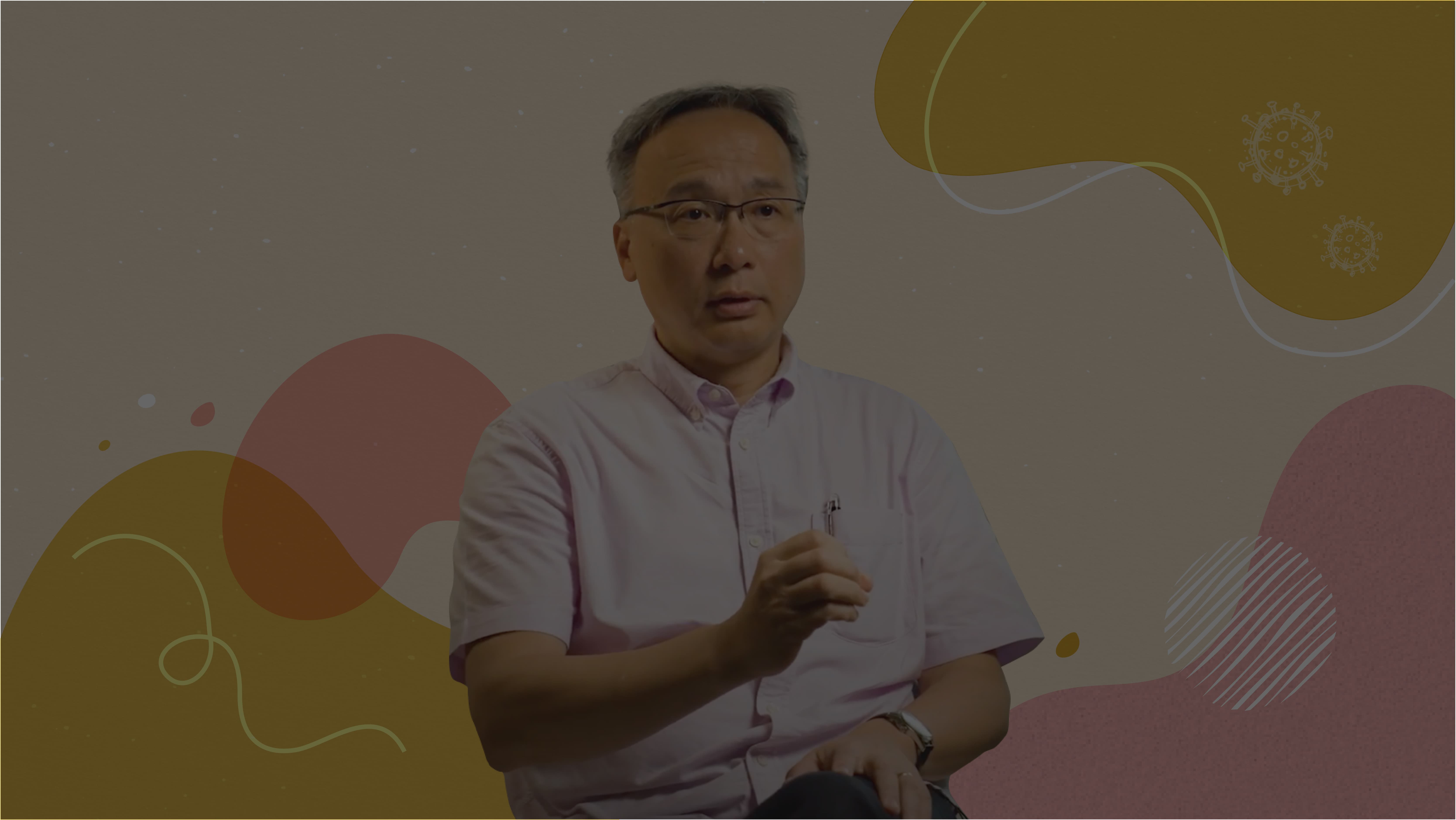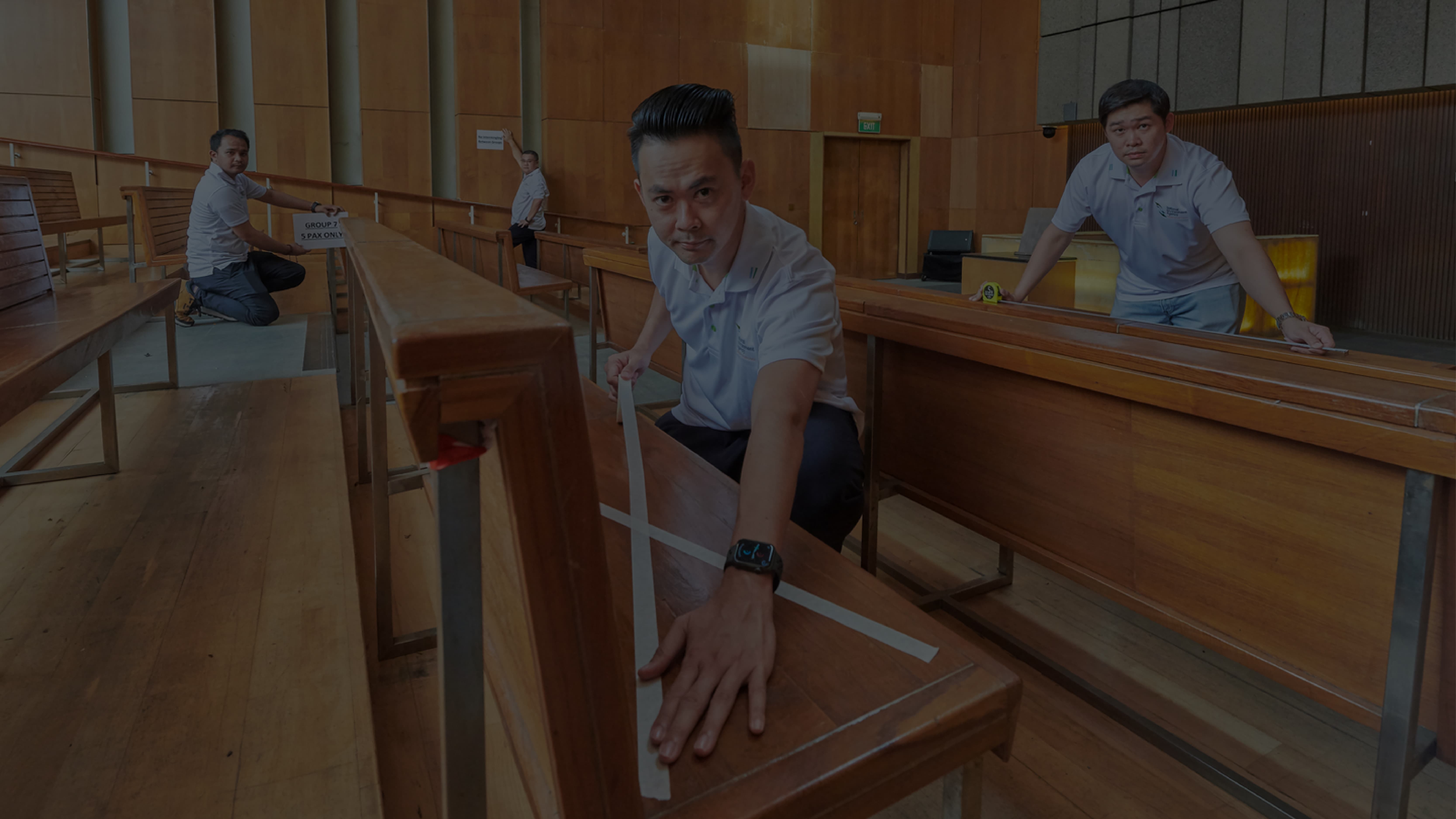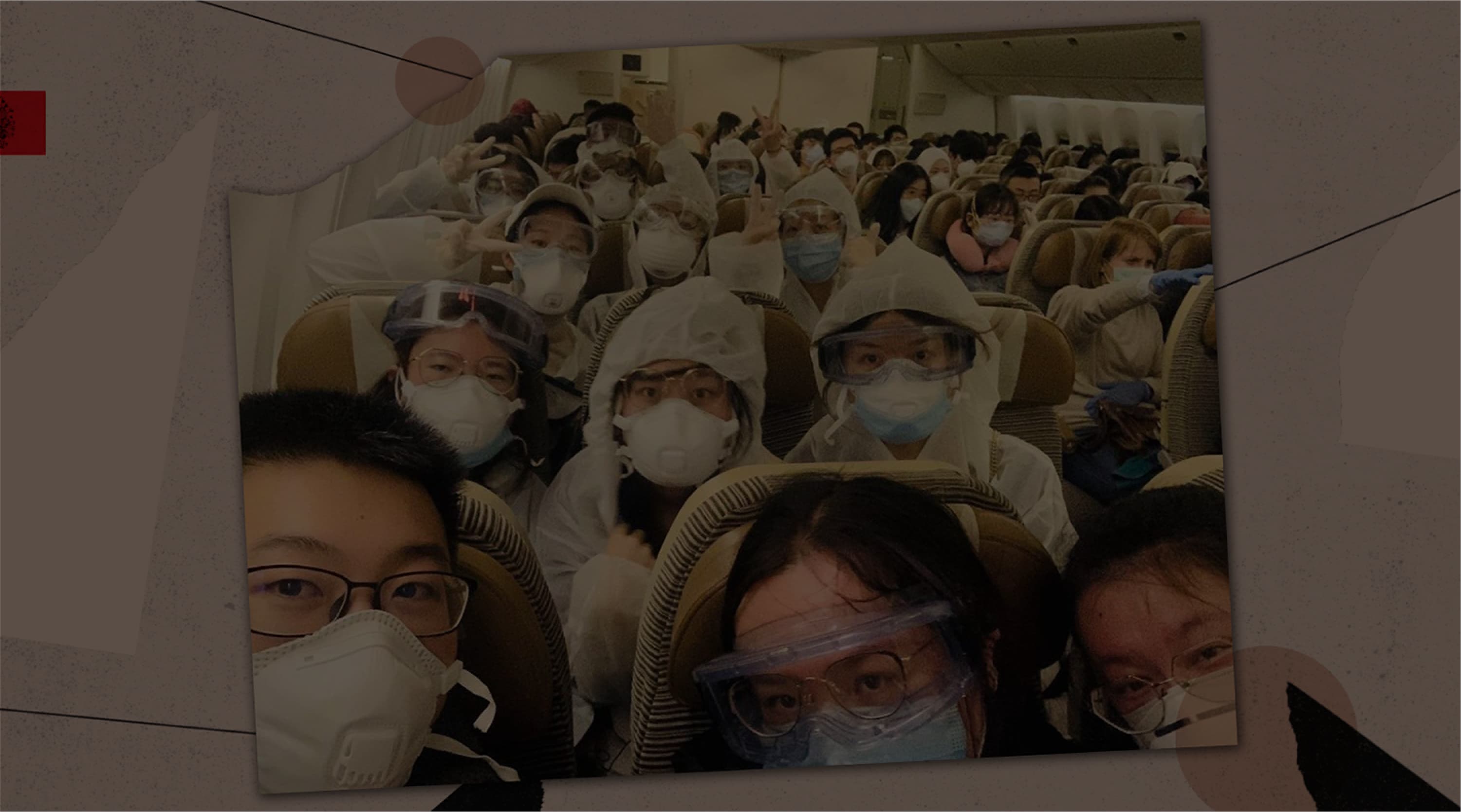Taking On The Pandemic Challenges As One Public Service

Designed to respond to national crises, the Homefront Crisis Executive Group (HCEG) brings agencies across the Government together to guide and coordinate a coherent Whole-of-Government response, factoring in an array of complex considerations.
When the COVID-19 pandemic began in early 2020, the HCEG kicked into gear – little expecting that it would be in operation for two-and-a-half years, unlike its typical activation for several intense days, weeks or at most months.
That was not the only striking difference, says HCEG Chairman Pang Kin Keong, who is also Permanent Secretary of the Ministry of Home Affairs. “The huge difference between SARS, other health pandemics and COVID is this: Short of a war or national emergency scenario, none of the scenarios that we planned for envisaged us having to shut our borders to the outside world.”
This unprecedented but necessary move deepened the challenges greatly, Mr Pang says. Combating the crisis called for partnerships with the people and private sectors, too. “It was such a complex operation that affected practically every aspect of life, that even all of the government alone would not have been sufficient for us to deal with it effectively.”
A Time for Ownership and Unity
Mr Pang points out that even as the problems mounted, the Public Service rose up to tackle them by taking ownership of problems – even those beyond their usual mandate – to get the job done.
Many agencies stepped up. Among them were the Ministry of Sustainability and the Environment leading the Safe Distancing Taskforce, the Singapore Armed Forces stepping up to help with the Medical Operations Task Force and Home Recovery Programme, and the Immigration & Checkpoints Authority, which adapted quickly to launch the Safe Travel Office.
Some also took the initiative to quickly develop tools ranging from e-services to online resources to help citizens cope with the crisis.
“I think that was a wonderful spirit to see officers step up to the plate to be counted, work across agency lines and conduct ourselves as one unit,” Mr Pang says. “That's the kind of attitude that will bring us through all future crises.”
Seeing the Forest for the Trees
The urgency of the situation entailed not just new functions, but a new mindset as well. Given the many complexities involved and time pressures, agencies had to take a “big picture” approach to pandemic measures: to prioritise ease, access and speed over detail and perfection.
It was a matter of finding the right balance. Instead of fine-tuning measures and regulations to cover all exigencies and variations, it was a time to focus on the broader outcomes.
“Sometimes I think some simplicity in rules, where it's easier to be communicated and understood, could probably lead to equal if not better outcomes, and could also get greater support from the public as well,” Mr Pang says.
This approach was critical in enabling agencies to succeed in a number of areas, such as expediting vaccine approval and helping businesses to cope with overheads.
He explains: “I'd rather be able to quickly get what I need by circumventing some of the usual procurement procedures, rather than going through the lengthy procedures that we usually would go through in peacetime and delaying our ability and the resources to deal expeditiously and effectively with the crisis.”
Certainly, Mr Pang acknowledges, there are some shortfalls to this approach. While it may not have been perfect, what matters is the overall outcome. “What the officers did was just run first based on what we knew, adjust along the way and improve – that’s the way to deal with a crisis.”
When the dust settles and the urgency of the situation fades, it is only normal to look back with the benefit of hindsight and magnify the flaws. But Mr Pang offers some reassurance: “Take it in the right spirit,” he says.
“Clearly these are lessons that we will take away for the future, but in the thick of a crisis, when you didn't have much bandwidth, and you didn't know what was coming, we did what we believe had to be done in order to get the job done.”
Words of Encouragement
In fact, Mr Pang hopes public officers will look upon their work with pride. He recognises that the past 18 months have been intensely draining and challenging – and though there is some light at the end of the tunnel, there is still a way to go.
“Despite the intensity, despite the length, officers across the entire public sector persevered. It wasn't easy for them,” he says.
He is emphatic in this praise. “I'm very proud of how they've held themselves up and helped the country through the crisis for the last two and a half years. And very proud of the fact that some parts of the public sector are still at the forefront, still trying to manage the embers of the crisis that are still around.
“They can hold their heads up high in terms of the outcomes, whether it be the death rate or the economy or the livelihoods or public trust in government, they can be proud of what they have helped us to achieve, but they can also be proud of the way they conducted themselves.”
Strengths for the Future
He hopes that the many lessons learnt, the new ways of working, and the discovery of deeper strengths and ingenuity will continue to spur the Public Service on in its mission. While it is normal for people to retreat into their comfort zones after a crisis, he is optimistic that officers will maintain this newfound reserve of openness and resilience.
“Every year that passes, every generation that passes, I see the ability, even in peacetime, for officers and agencies across the whole of government to work together as one,” Mr Pang says.
“Is it natural that, once we’re out of the crisis, people go back to being more turf-conscious? It will happen, it's normal human behaviour, but I'm not overly concerned because we are already at a very much higher watermark than previously.”
- POSTED ON
Jul 6, 2022
- TEXT BY
Sheralyn Tay
- PHOTOS BY
Eric Lin







